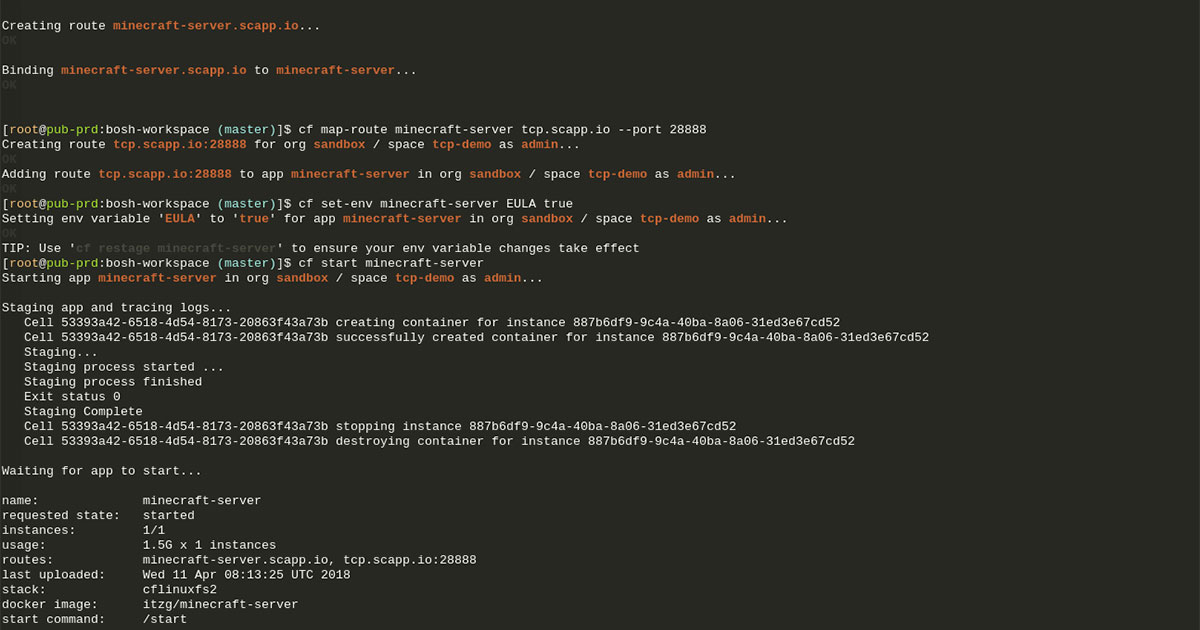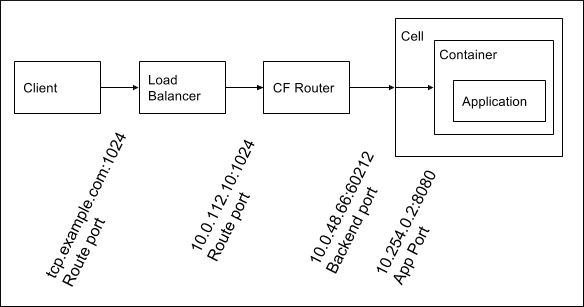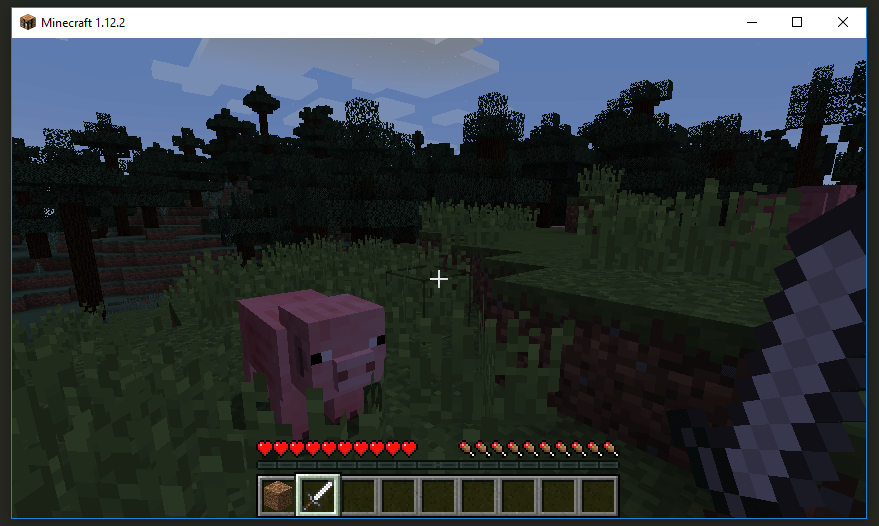App Cloud
TCP routing in the application cloud
The Swisscom Application Cloud, which is based on the open source industry standard Cloud Foundry, offers its users an exciting new feature. TCP routing, the ability to support any TCP-based, non-HTTP-based application and make it accessible to the world. Let's take a closer look and learn how to use TCP routing.




